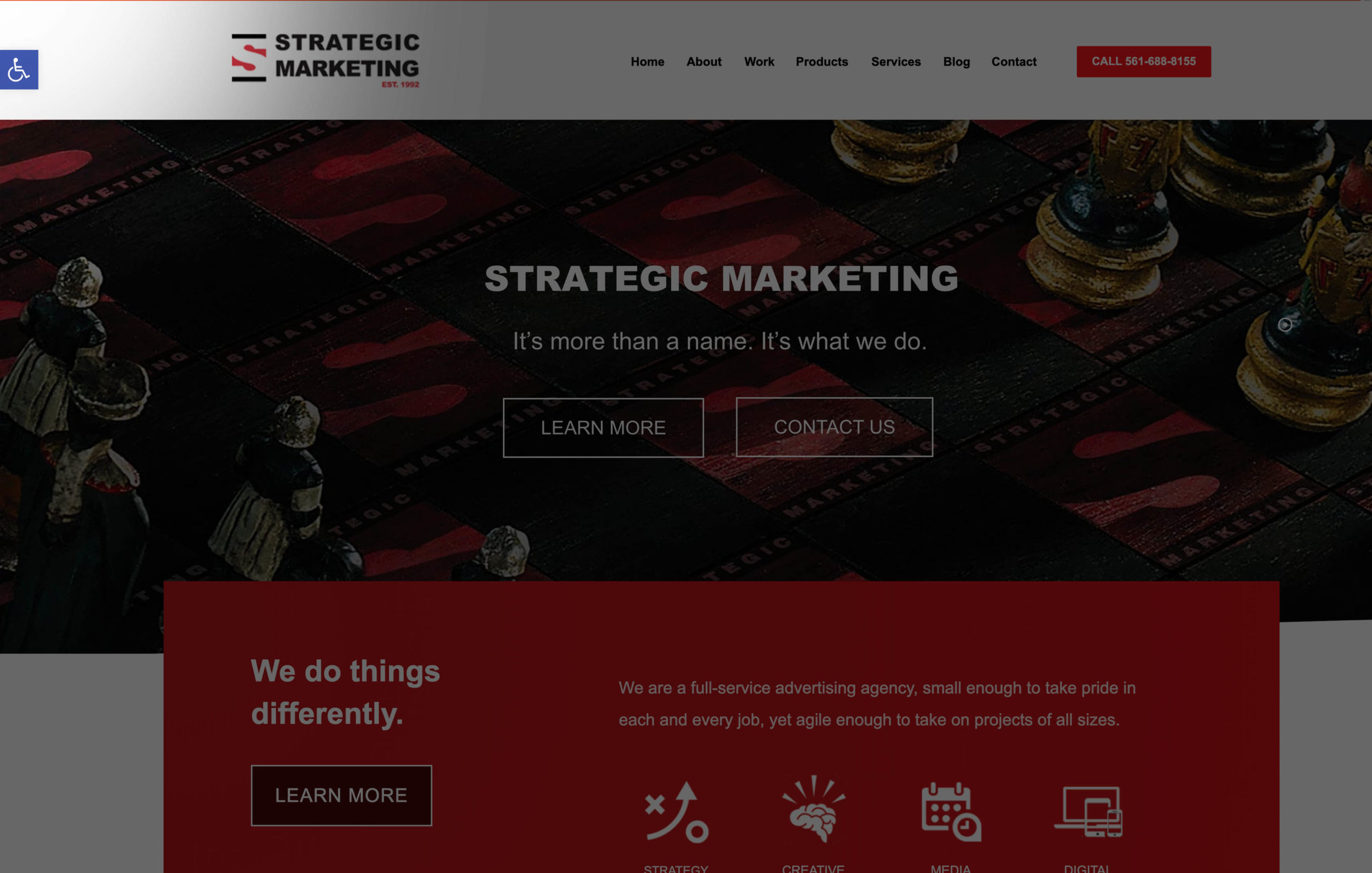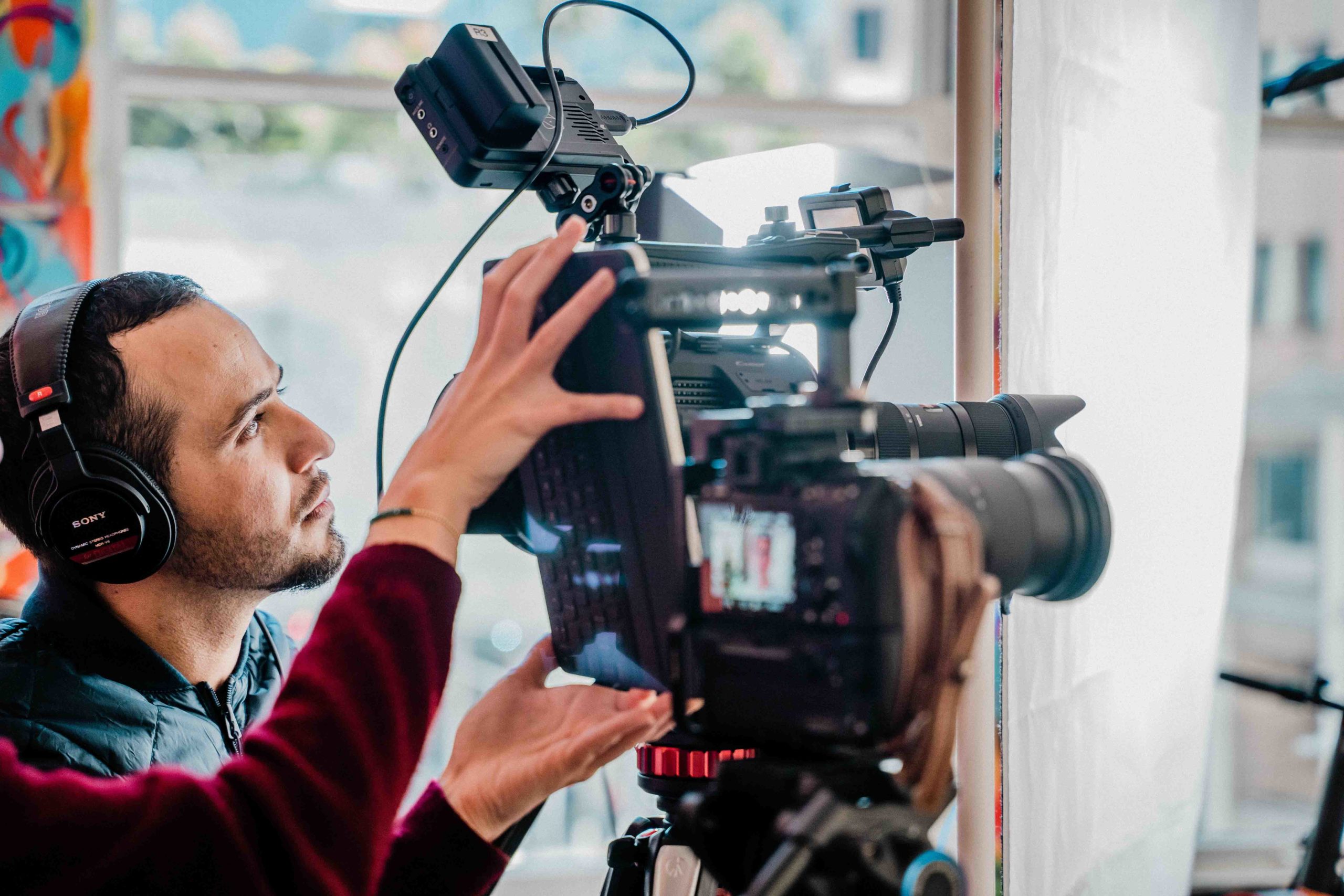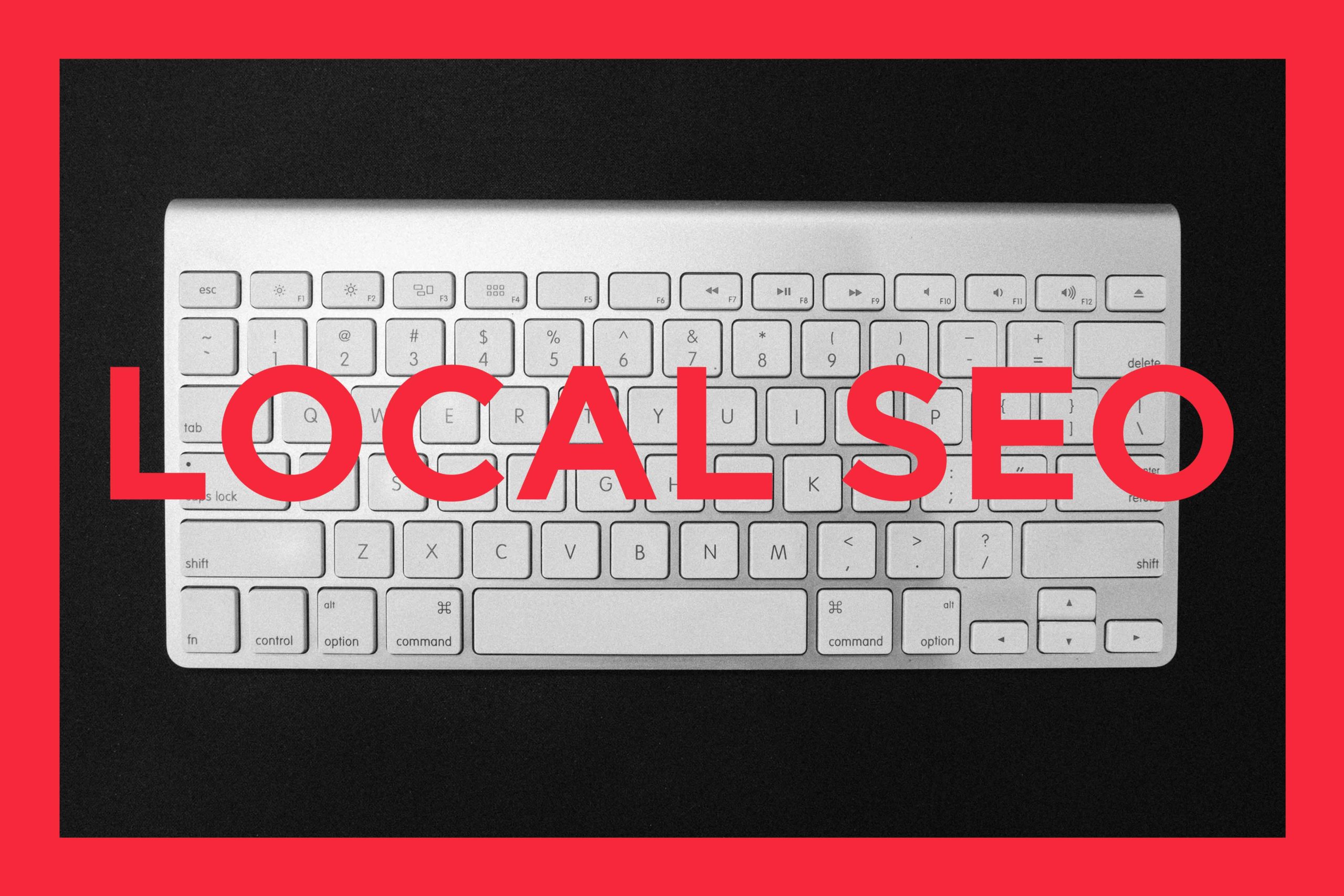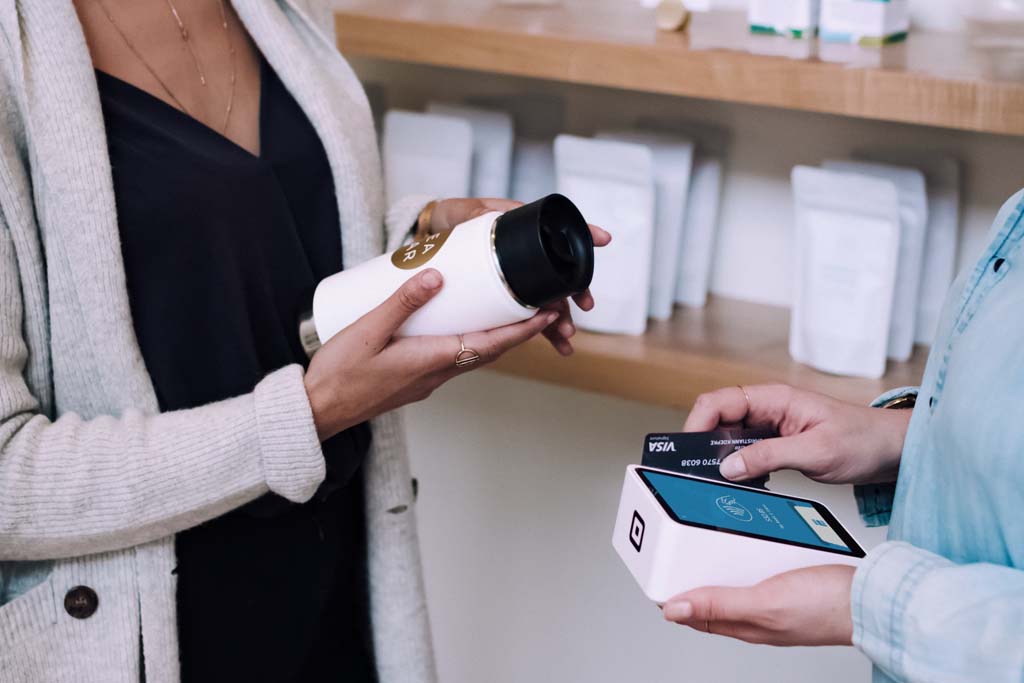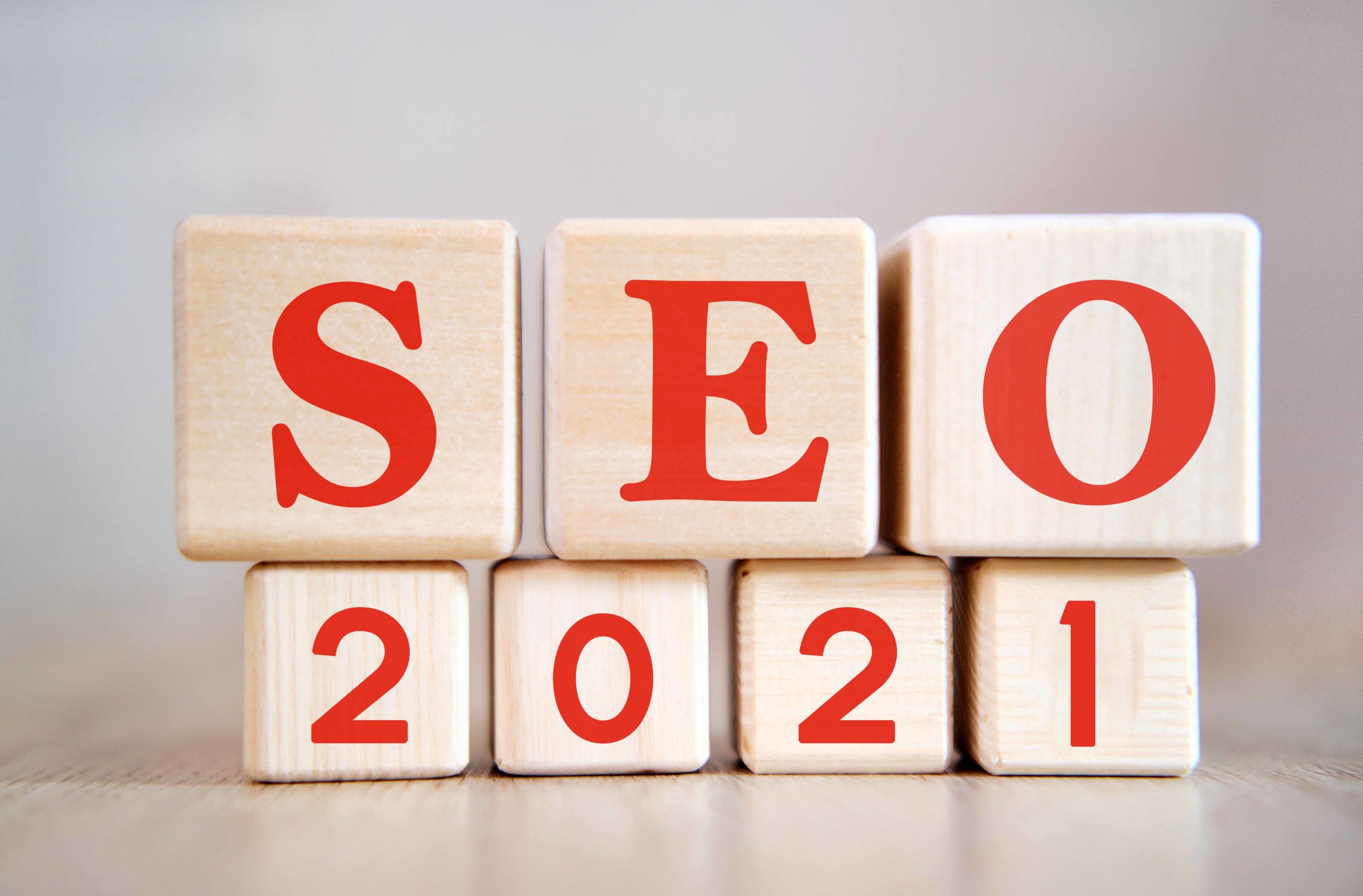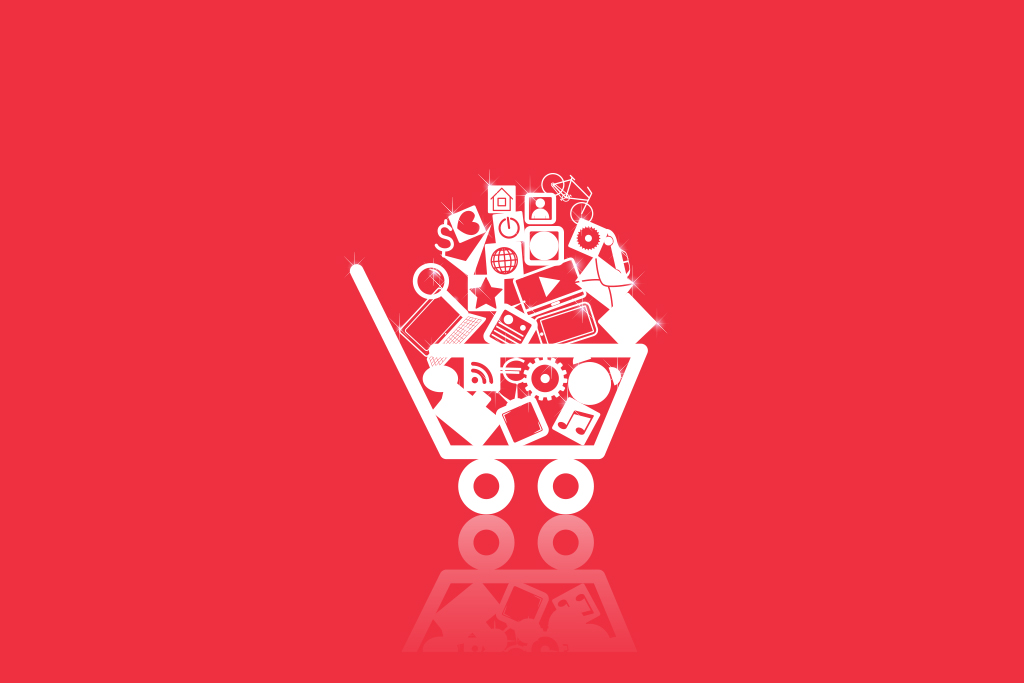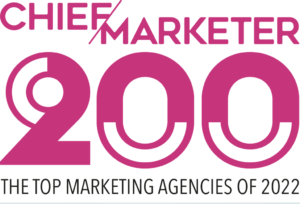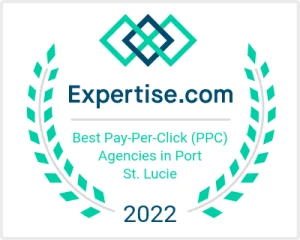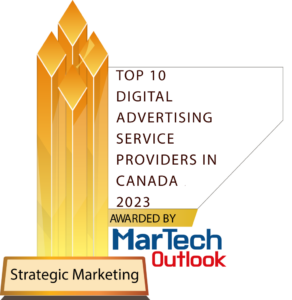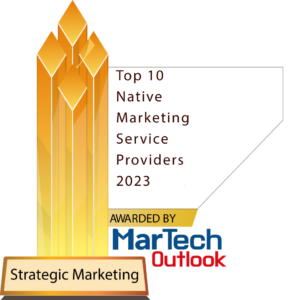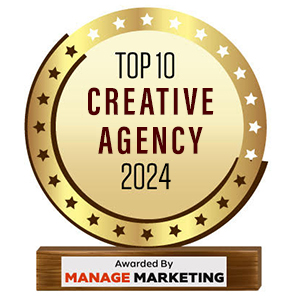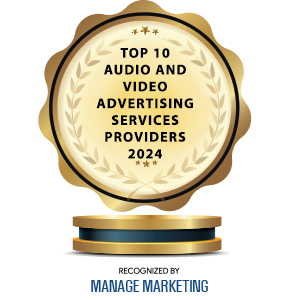Web Accessibility
We have just updated the Strategic Marketing website with new web accessibility tools. This enables visually-impaired viewers several ways to adapt how our website is displayed to
Create Video Marketing Campaigns
If you haven’t started using video marketing as a consistent component of your campaigns, then you are likely behind your competitors. Thanks in large part to social media, video
Local SEO: Get More Customers
Help Customers Find Your Services with Local SEO The same way you want to find a prime physical location for your brick-and-mortar business, you should strive to have a prime locat
Future of eCommerce 2021 | 6 Trends to Watch For
There are a variety of forecasts for the future of eCommerce in 2021 but the one thing we all know for sure – it’s booming. The convenience and ease of online shopping has prom
2021 SEO Trends – How to Prepare for the Upcoming Year.
SEO is changing in 2021. While some SEO strategies will remain, Google will be looking at SEO in a whole new way to rank pages. It is time to prepare for the upcoming 2021 SEO tr
Challenges to Media Planning
A Media Planning and Buying Agency Improves Your Chances of Campaign Success Many companies place their own advertising media, and a lot of them take the proverbial spaghetti and t
Radio Advertising 101 part III
Let’s say a telemarketer calls from Arbitron and asks for your participation in keeping a diary for a week. Statistics show that whether you agree will depend on your demographic

